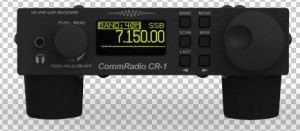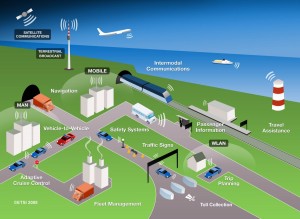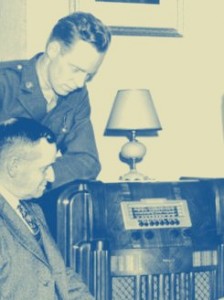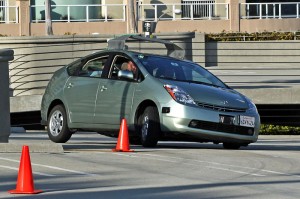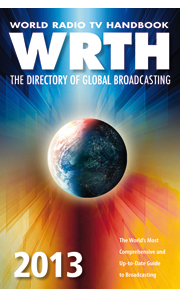In the past week, I have had no less than 3 email inquiries from readers regarding which amplified antenna to purchase for their portable shortwave radio. My short answer? None.
In my opinion, there’s one fatal flaw with amplified antennas: they amplify noise just as much as they do the signal you wish to hear.
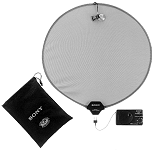 The only portable amplified antenna I’ve had any results with is the Sony AN-LP1 (now only available in Japan), and I attribute this success mainly to the fact that a suction cup, mounted at the top of the loop, allows it to be mounted on a window. Even then, results are often only marginally better than with the telescopic whip.
The only portable amplified antenna I’ve had any results with is the Sony AN-LP1 (now only available in Japan), and I attribute this success mainly to the fact that a suction cup, mounted at the top of the loop, allows it to be mounted on a window. Even then, results are often only marginally better than with the telescopic whip.
There may have been a time when portable amplified antennas made sense–a time prior to noisy AC adapters, flat screen TVs, and other consumer electronics which spew RFI (Radio Frequency Interference), polluting our shortwave bands. Today, however, you’ll be disappointed with the results of one of these, particularly if you travel–turning on the amplified antenna in a hotel room will increase the noise you hear two-fold, while weak broadcasters will remain lost in the static.
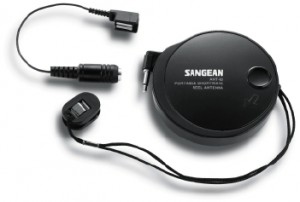
The Sangean ANT-60 is inexpensive and vesatile
So what can you do to improve the performance of your portable while traveling or at home? I’m still a fan of the roll-up antenna; like the Sangean ANT-60. They’re inexpensive ($12 US), packable, and versatile–the clip on the end of the reel allows the antenna wire to be clipped to curtains and blinds. Place it near a window, or even hang it outside. Antennas love being outside–just take it down when not in use.
In lieu of buying a roll-up antenna, you could simply attach an alligator clip to the end of a 20′ (6 meters) length of wire. The alligator clip can then attach to the end of your telescopic antenna, and you now have the same properties of a roll-up antenna for pennies. This is possibly the most cost-effective way to improve the performance of your portable shortwave radio. One note of caution: don’t get too generous with the length of your antenna wire. Some portable radios lack a robust front-end and a wire that’s too long could actually overload the receiver. Some Grundig G5’s were even sensitive to static discharges over a wire antenna. If uncertain, I would not exceed 20 feet in length (6 meters).
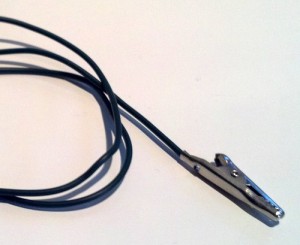
An alligator clip offers serious bang-for buck–especially if you already have the parts lying around!
I’ll never forget: one of the first email questions I received on SWLing.com was from a fellow listener in Washington state who wanted to hear stations better on his Sony portable. I suggested the alligator clip/antenna wire. He wrote back enthusiastically, “This is the most cost-effective improvement I have ever made to anything!” He was so encouraged with the performance improvement, he invested in a tabletop and a proper outdoor antenna with grounding.
So, I urge you to try a roll-up antenna or the alligator clip antenna before you waste money on a portable amplified antenna. Just my two cents.
